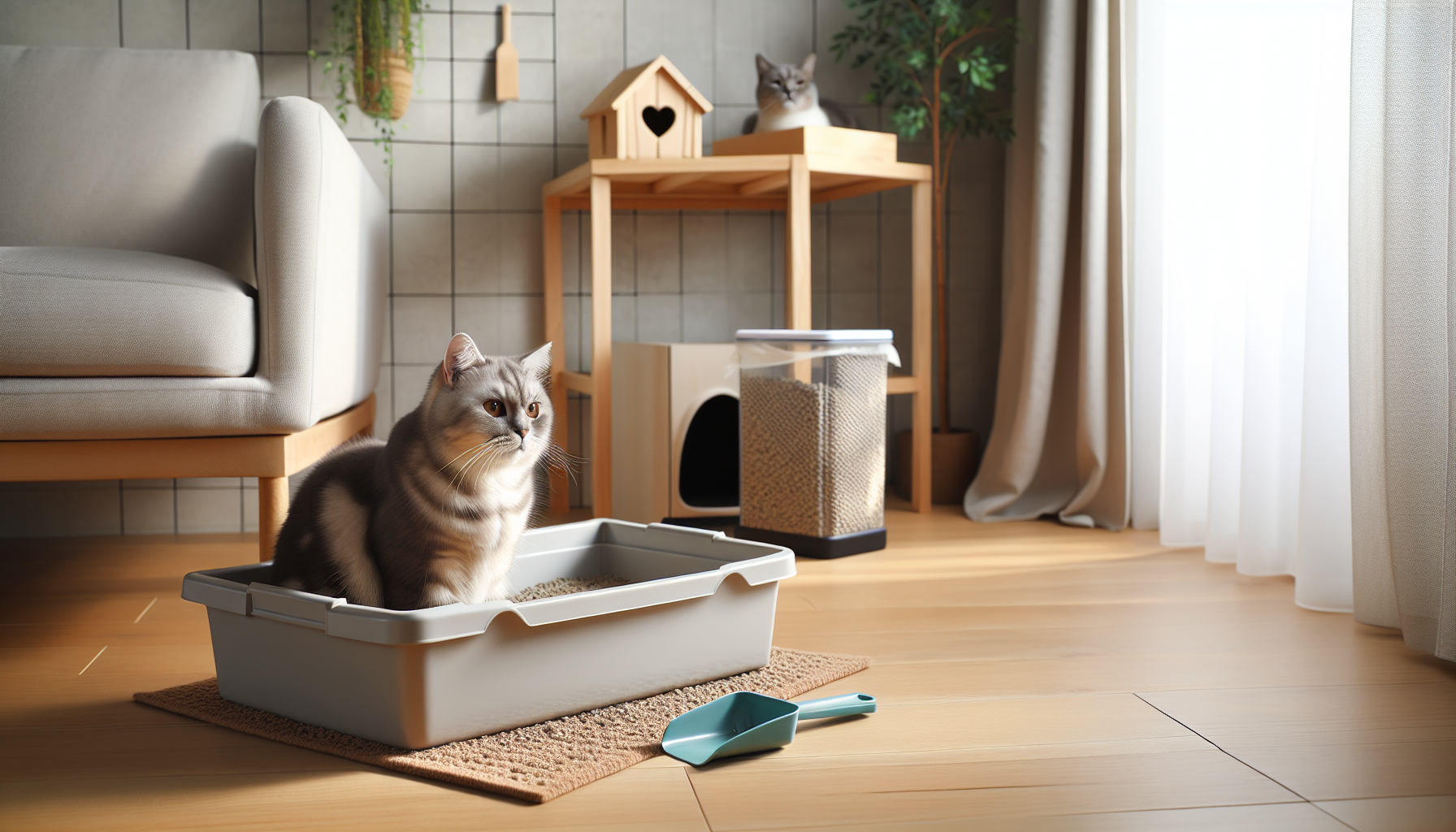Cat Litter: Essential for Maintaining Hygiene and Controlling Odors
Cat litter is a fundamental component for any household with feline companions. This seemingly simple product plays a crucial role in maintaining hygiene within the home and controlling odors emanating from the litter box. Understanding the significance of cat litter involves exploring its types, benefits, and best practices for its use.
Types of Cat Litter
Various types of cat litter cater to different needs and preferences. The most common types include:
- Clay-Based Litter: This traditional option is known for its excellent absorbency and clumping capabilities, making it easy to scoop waste.
- Silica Gel Litter: These crystal-based litters are highly absorbent and effective in controlling odors. They require less frequent changing compared to other types.
- Biodegradable Litter: Made from natural materials like corn, wheat, or pine, biodegradable litters are an eco-friendly choice. They are compostable and often produce less dust.
- Recycled Paper Litter: This type is made from recycled paper and is often preferred for its softness and minimal dust production.

Hygiene Maintenance
Maintaining a clean litter box is vital for both the cat’s health and the household’s well-being. Cats are fastidious animals and may refuse to use a dirty litter box, leading to inappropriate elimination behaviors around the home. Regular cleaning and litter replacement help prevent the buildup of bacteria and pathogens, reducing the risk of infections for both cats and humans.
To ensure optimal hygiene:
- Scoop Daily: Removing solid waste and clumps of urine daily keeps the litter box fresh and prevents unpleasant odors.
- Complete Change: Depending on the type of litter, a complete change should be done weekly to monthly. This practice ensures that no residual waste or bacteria remain.
- Clean the Box: Periodically, wash the litter box with mild soap and water to eliminate any lingering odors and bacteria.
Odor Control
Effective odor control is another key benefit of good cat litter. Litters with odor-neutralizing properties, like those containing baking soda or activated charcoal, can significantly reduce the smell of ammonia from cat urine. Silica gel and clumping clay litters are particularly effective at encapsulating odors.
To enhance odor control:
- Use Litter Deodorizers: Sprinkle a bit of litter deodorizer in the box to neutralize smells.
- Ventilation: Place the litter box in a well-ventilated area to disperse odors.
- Covered Litter Boxes: While these can help contain smells, ensure they are cleaned frequently to prevent odor buildup inside.
Conclusion
Cat litter is indispensable for maintaining a hygienic environment and controlling odors in homes with cats. By choosing the right type of litter and adhering to best practices in litter box maintenance, cat owners can ensure their feline friends remain healthy and happy, while also keeping their living spaces clean and odor-free. Investing in quality cat litter and regular upkeep is a small price to pay for the comfort and well-being of both pets and their owners.
